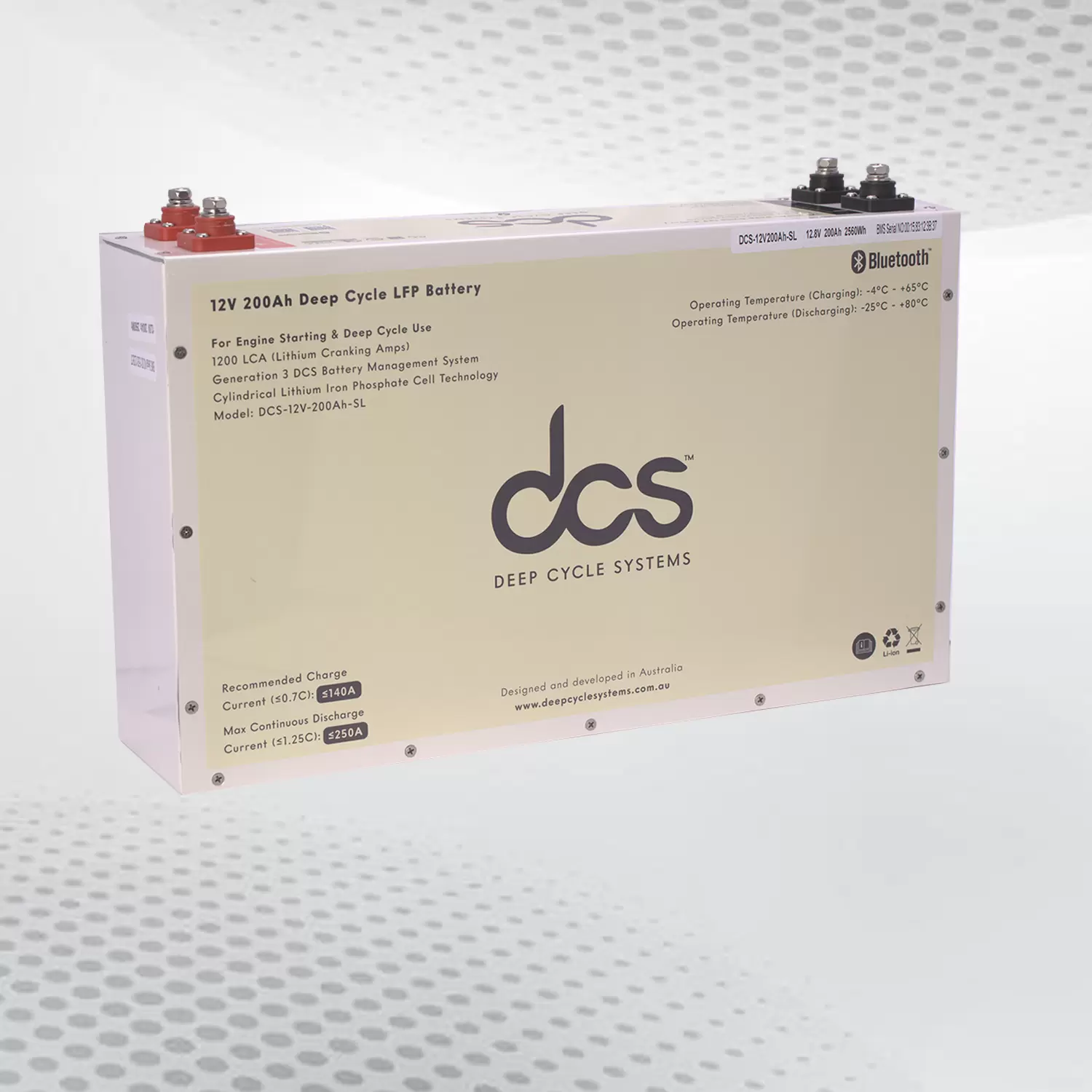.jpg)
Introduction:
In today’s data-driven world, the ability to make informed decisions is more critical than ever. Businesses, researchers, and governments all rely on various forms of data to gain insights, improve operations, and understand their environments. While text and numerical data have long been the foundation of analysis, video data collection has emerged as a powerful tool for smarter decision-making. Video provides visual evidence, capturing real-world events in rich detail, making it indispensable for industries ranging from retail to healthcare, law enforcement to sports, and beyond.
This blog explores how Video Data Collection is revolutionizing decision-making and why it should be an integral part of any data strategy.
The Power of Video Data Collection Source
Video data offers a level of richness and depth that other forms of data simply cannot match. While numerical or textual data might provide abstract insights, video captures the real-world environment—how people move, interact, and behave in different situations. It enables users to see patterns that are often hidden in static data and provides a dynamic context that helps decision-makers make more accurate, real-time conclusions.
Here are some ways video data collection provides invaluable visual evidence across different industries:
1. Retail: Understanding Customer Behavior
Retailers are using video data to better understand how customers interact with their stores. Video analytics can track foot traffic, identify high-traffic areas, and even analyze customer emotions based on facial expressions. Retailers can optimize store layouts, improve product placement, and tailor marketing strategies based on these insights.
For example, if a retailer notices customers bypassing certain areas of the store, they can adjust the layout or offer promotions in those spaces to drive engagement. Video also offers insights into queue management, helping retailers improve the customer experience by reducing wait times.
2. Healthcare: Monitoring Patient Care
In healthcare, video data is being used to monitor patients more effectively, especially in critical care settings. By analyzing video footage, healthcare providers can identify patterns in patient behavior that might signal potential issues, such as signs of discomfort, restlessness, or falls.
For instance, video data can assist in early diagnosis of conditions like Parkinson’s disease by capturing subtle changes in movement patterns. Video monitoring can also help hospitals optimize staffing by identifying high-traffic times and areas requiring additional staff support.
3. Law Enforcement: Enhancing Public Safety
Video data is indispensable for law enforcement and public safety. Surveillance footage plays a crucial role in investigating crimes, tracking suspects, and identifying criminal patterns. Video data collection from surveillance cameras, body cams, and dash cams provides visual evidence that can be analyzed to solve cases, reduce crime, and ensure public safety.
Predictive policing is an emerging trend where video analytics are used to identify potential hotspots for criminal activity based on historical video data. This allows law enforcement agencies to allocate resources more efficiently and take preventive action before incidents occur.
4. Manufacturing: Ensuring Workplace Safety
In industrial and manufacturing sectors, video data collection is vital for ensuring worker safety and compliance with regulations. Cameras installed in manufacturing facilities monitor worker movements, identify unsafe practices, and flag potential hazards in real-time.
For example, video analytics can identify when workers are not wearing required safety gear or if machinery is malfunctioning, which can help prevent accidents before they happen. Additionally, video data can be used to review incidents after they occur, providing valuable insights for improving safety protocols.
5. Sports: Enhancing Performance Analysis
Sports teams have embraced video data collection to analyze player performance, strategy, and opponent tendencies. By collecting video from multiple angles, teams can break down every aspect of the game—whether it’s tracking a player’s movements, analyzing formations, or identifying areas for improvement.
Video analytics in sports extend beyond the field. Fans’ reactions in stadiums, viewer engagement during broadcasts, and even social media responses can all be tracked and analyzed to make smarter marketing decisions. Video data also plays a crucial role in training athletes, allowing coaches to provide more precise feedback.
6. Education: Transforming Remote Learning

In the education sector, video data collection is helping to transform the way students learn, particularly with the rise of remote learning. Video analytics can provide teachers with insights into how engaged students are during lessons, helping them adjust their teaching strategies accordingly. Additionally, video recordings of lectures can be analyzed to identify areas where students may struggle and need further clarification.
For administrators, video data can be used to track student attendance and engagement, ensuring that remote learning environments are just as effective as in-person classrooms.
Video Data Collection Technology: How It Works
The process of collecting and analyzing video data involves several advanced technologies, including:
- Cameras and Sensors: Video data is captured using cameras and other sensors strategically placed in environments to collect visual information.
- Data Storage and Management: Video footage can generate massive amounts of data, so it is essential to have robust storage solutions. Cloud-based platforms are often used to store video data securely and efficiently.
- Machine Learning and AI: Once video data is collected, AI and machine learning algorithms analyze the footage. These technologies can identify patterns, recognize objects, track movements, and provide real-time insights.
- Data Integration: Video data is often integrated with other forms of data—such as transactional data in retail or patient records in healthcare—to provide a more comprehensive view.
Challenges of Video Data Collection
While video data collection offers numerous benefits, it also comes with challenges. These include concerns about privacy, especially in public spaces or sensitive environments like healthcare. Ensuring that video data is collected, stored, and analyzed ethically and legally is essential.
Another challenge is the sheer volume of video data, which requires substantial storage and computing power. Efficient compression techniques and the use of cloud-based solutions can help mitigate this issue, but organizations need to be prepared for the infrastructure costs associated with large-scale video data collection.
Conclusion: Visual Evidence for a Smarter Future
As video data collection technology continues to advance, its applications will expand, helping organizations make smarter, more informed decisions. From improving customer experiences in retail to enhancing safety in manufacturing and boosting performance in sports, the potential of video data is immense.
Investing in video data collection is no longer a luxury—it’s a necessity for organizations that want to stay competitive in an increasingly complex world. Visual evidence offers a unique lens into reality, helping decision-makers see what’s happening, understand why it’s happening, and, ultimately, make decisions that drive success.
How GTS.AI Can Help You?
Globose Technology Solutions Pvt Ltd (GTS) stands at the forefront of the AI revolution, where precision video data collection serves as the gateway to unprecedented advancements. Our vision of the AI cinematographer embodies the fusion of technology and creativity, where machines learn not just from data points but from the visual stories that unfold before them. As we continue to harness the potential of AI and precision video data collection, we’re not only shaping industries but also shaping the future. Our commitment to innovation and responsible AI development drives us to explore the uncharted territories of AI’s visual perception. The journey ahead is exciting, and GTS is dedicated to pushing the boundaries of what’s possible, one pixel at a time.









